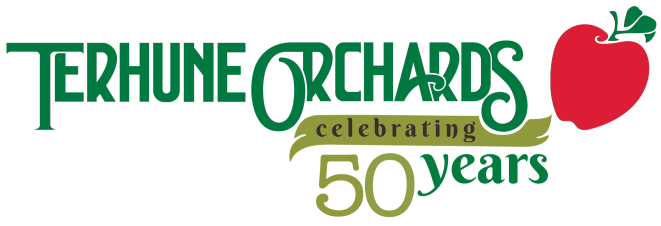by Gary Mount
My father once told me that he had asked my grandfather, whose farm was on Route 1 in West Windsor, what he and his farmer friends talked about when they stood together at different gatherings. “Horses and women” was his answer. I always wanted to ask whether, in my father’s day, it was “tractors and women”.

In 1916, my grandfather, William M. Mount, bought his first tractor, an Avery Model 8-16. The number 8 meant that the tractor was able to exert the same pull as 8 horses, i.e., 8 horsepower. The larger number was the power of the engine. Almost half of its power was lost in the transmission and gears! Gears were shifted by a hand lever that moved the entire engine assembly forward and back to engage the correct gear combinations. The tractor was powered by kerosene and used gasoline to start it. In addition to the two fuel tanks, a third tank held water, which was added in small amounts to suppress combustion knocking (pinging) of the kerosene and to add power.
In short order, my grandfather bought two more Avery tractors, a 6-12 and a 12-25. He liked them so much he became an Avery Tractor dealer. His four sons, including my father, had the job of delivering them. The steel wheeled behemoths were simply driven along the road to their destination. No driver’s license was needed in those days. They had to return to the farm by shanks-mare (an old saying meaning “on foot”).
The first tractors were large and heavy, difficult to maneuver, and had cleated steel wheels that jarred the operator down to his bones. However, everything considered, farmers liked them more than horses. In addition to more pulling power, each tractor had a powered pulley that could drive a flat belt. The belt was attached to a piece of machinery like a thresher or a circular saw. I have actually used one of these saws, powered by a belt from one of my father’s tractors. Luckily, I survived the experience with all limbs intact.
As the use of tractors on farms increased, they became more powerful, easier to use, and began to come with rubber tires. One of my uncles and my father argued about whether steel or rubber would pull better. To settle the matter, they hooked two tractors back-to-back. It was a dead heat. They just sat there and dug holes in the ground. I don’t think my grandfather was too pleased.
Along with the coming of rubber tires came the demise of the Avery Company. My grandfather switched to Case tractors, still retaining the same delivery staff. When I grew up, there was only one tractor to have on the farm–Case. However, when I was ten, my father bought a Ferguson. It was quite a radical step, even though the Ferguson had several features that made it more suitable for some farm jobs than the Case.
 It might seem strange that a better machine would be so radical, but just as with their horses, farmers are particular about their tractors. Even today, many rural towns divide their farmers according to the equipment they use. People are identified by their brand of tractor. “He’s a John Deere man.” Or, “He’s a Case man.” Part of the identity is the paint color. “They’re all green (John Deere) over there,” is a comment I heard only last week.
It might seem strange that a better machine would be so radical, but just as with their horses, farmers are particular about their tractors. Even today, many rural towns divide their farmers according to the equipment they use. People are identified by their brand of tractor. “He’s a John Deere man.” Or, “He’s a Case man.” Part of the identity is the paint color. “They’re all green (John Deere) over there,” is a comment I heard only last week.
Another part of the identity is passion. No farmer who believes in his tractors is lukewarm about them. Several years ago, I traveled to Biglerville, PA, to look at a new sprayer for my orchards. The dealer took me to see a particular model on someone’s farm. When I asked the farmer how he liked the sprayer, I was sternly told that it “worked good, but only if you have something green (John Deere) to put in front of it.” It wasn’t at all clear whether this farmer would even let me look at the sprayer if I wasn’t going to pull it with a John Deere. Red (Case or International), orange (Allis Chalmers), or blue (Ford) just wouldn’t do.
So, you really can’t separate farmers and their tractors. Actually, for an self-respecting farmer, it is a case of the more the better. (This truism doesn’t usually apply to the farmer’s spouse.) One year before Thanksgiving dinner at our house, my younger brother Tim walked around the farmstead, sort of looking things over. At dinner (keep in mind, this is my own brother!), between mouthfuls of turkey, he asked, “Gary, why do you need 13 tractors?” The dead silence that followed was broken by Pam’s questions, “We – have – 13 – tractors?” That’s why farmers never, ever park all of their tractors in a row–too easy to count!
As I write this, I am thinking about getting a new tractor. It is something I desperately need. The more, the better!
*Thanks to my brothers Bill and Lee for information for this article.
